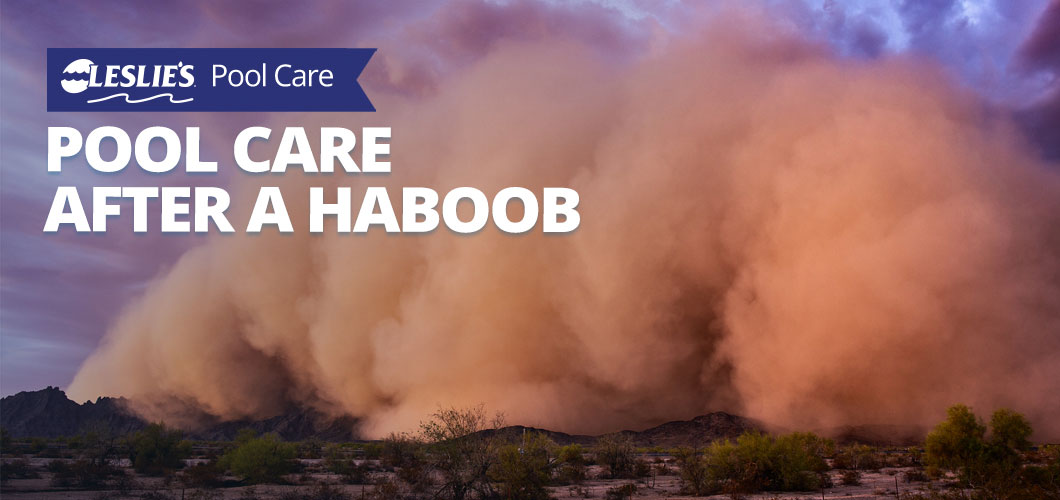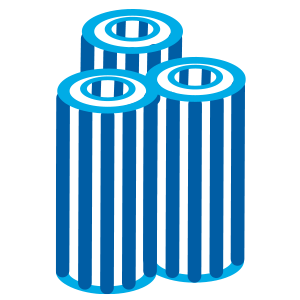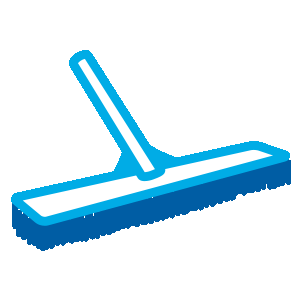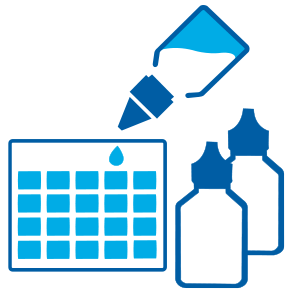
Pool Care After a Haboob
In July 2011, a massive dust storm made its way through metro Phoenix, Arizona. The storm wreaked havoc on everything in its path, especially swimming pools. The storm popularized the use of the word "haboob," which is an Arabic term to describe dust storms of significant magnitude. This haboob created a unique scenario for pool owners, particularly for the pool care that followed.
When an enormous dust cloud passes over your pool, you'll be left with a muddy, silty mess in the water. So what is the best way to take care of your pool after a haboob or major dust storm? We're here to offer a few steps that will help make caring for your pool after a dust storm easier:

Make sure your filter is working properly.

Brush and skim your pool.

Shock your pool.

Run your pump and filtration systems overnight.

Test and balance your water.
1. Ensure your filter is working properly.
The debris entering your pool needs to come out somehow. By making sure your filter is working effectively, whatever enters your pool can be removed. Once your pool is clean, check the filter pressure. If your filter pressure is approximately 8–10 psi higher than the clean starting pressure, it is time to clean the filter.
2. Brush and skim your pool.
Your system can’t handle all types and sizes of debris. Skim the pool to remove bigger leaves and other outside materials. After a haboob, this portion of your pool care routine can prevent issues with the system caused by a blockage or clog. With brushing, you can speed up the cleaning process by moving dirt and other finer materials toward the main drain in your pool. Using a manual vacuum is also a good option to help remove dirt. This helps prevent anything from getting stuck on your pool surface that could cause a stain.
3. Check your pump strainer and skimmer basket.
Any debris that makes it through the system will be caught in your skimmer basket or pump strainer, which should be cleaned regularly for optimal system performance.
4. Shock your pool.
Algae spores and other organic material can enter your pool because of a haboob or dust storm. Adding the recommended amount of shock is a crucial step that ensures your pool stays sanitized. If you have a chlorine generator (salt system), you can typically find a “boost” feature to increase the amount of chlorine produced by the cell for a short period of time.
5. Run your system overnight.
Brushing and shocking won’t be effective at cleaning your pool if the water isn’t being filtered and circulated. Running your system for an extended period allows the debris you’ve stirred up in the water — and the organic contaminants killed by the shock — to be removed by your filter.
6. Test your water.
Rain and other debris can interfere with your pool’s water balance. Testing your water shows you what you need to do to ensure your pool is chemically balanced and ready for use.
DIY TIP: You can test your water at home with a test kit or test strips, or you can bring in a sample to your local Leslie's and have it tested for free. With Leslie's AccuBlue®, you'll have a complete 10-point water analysis and customized pool treatment plan in as little as 60 seconds.
Obviously, each storm is different. But by following these general guidelines, proper pool care for recovering from a haboob can help get you back to swimming in no time. For more information on how to clean up your pool after a big storm, call or stop by your local Leslie’s, or check out our blog for more helpful articles.